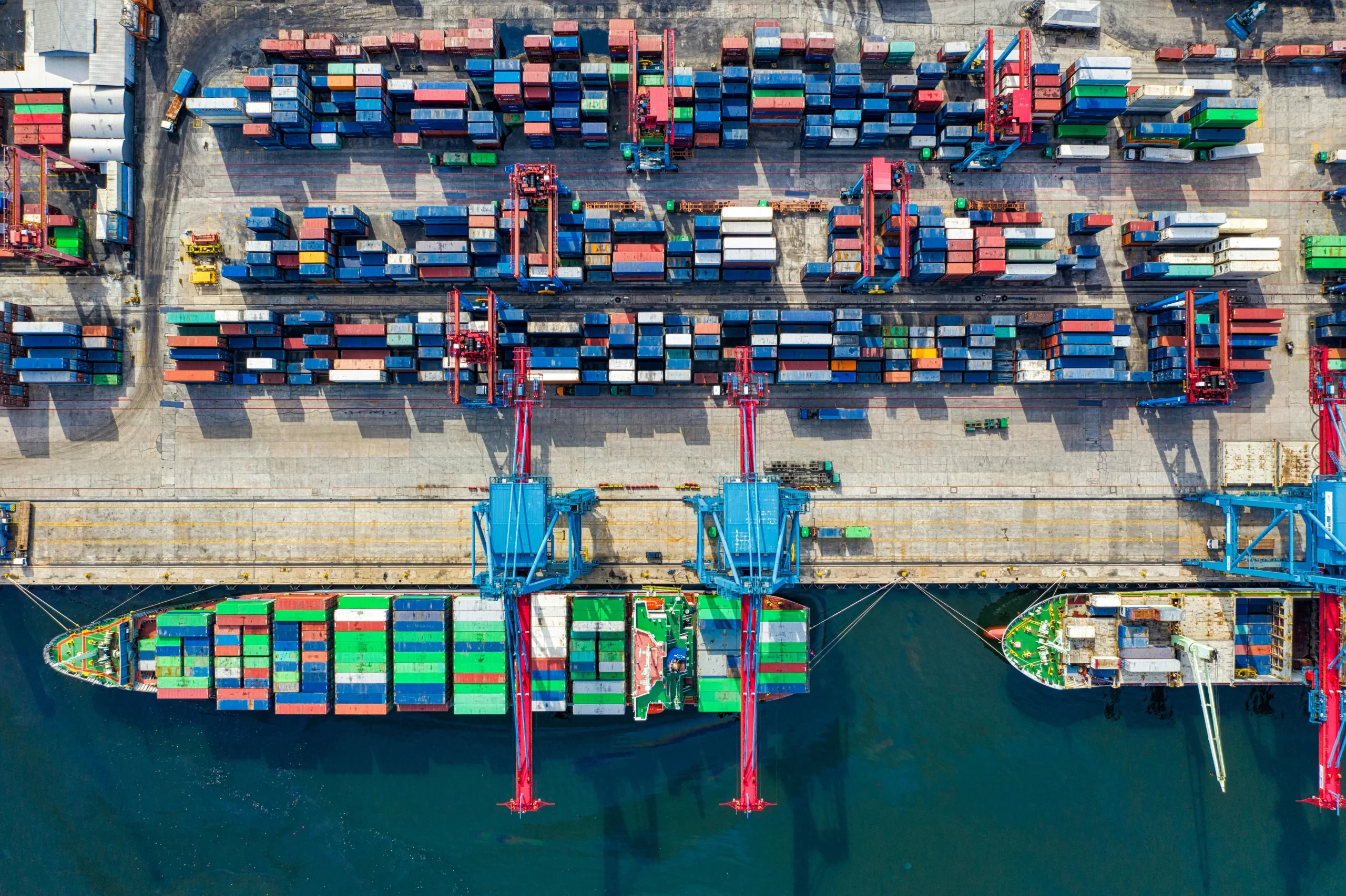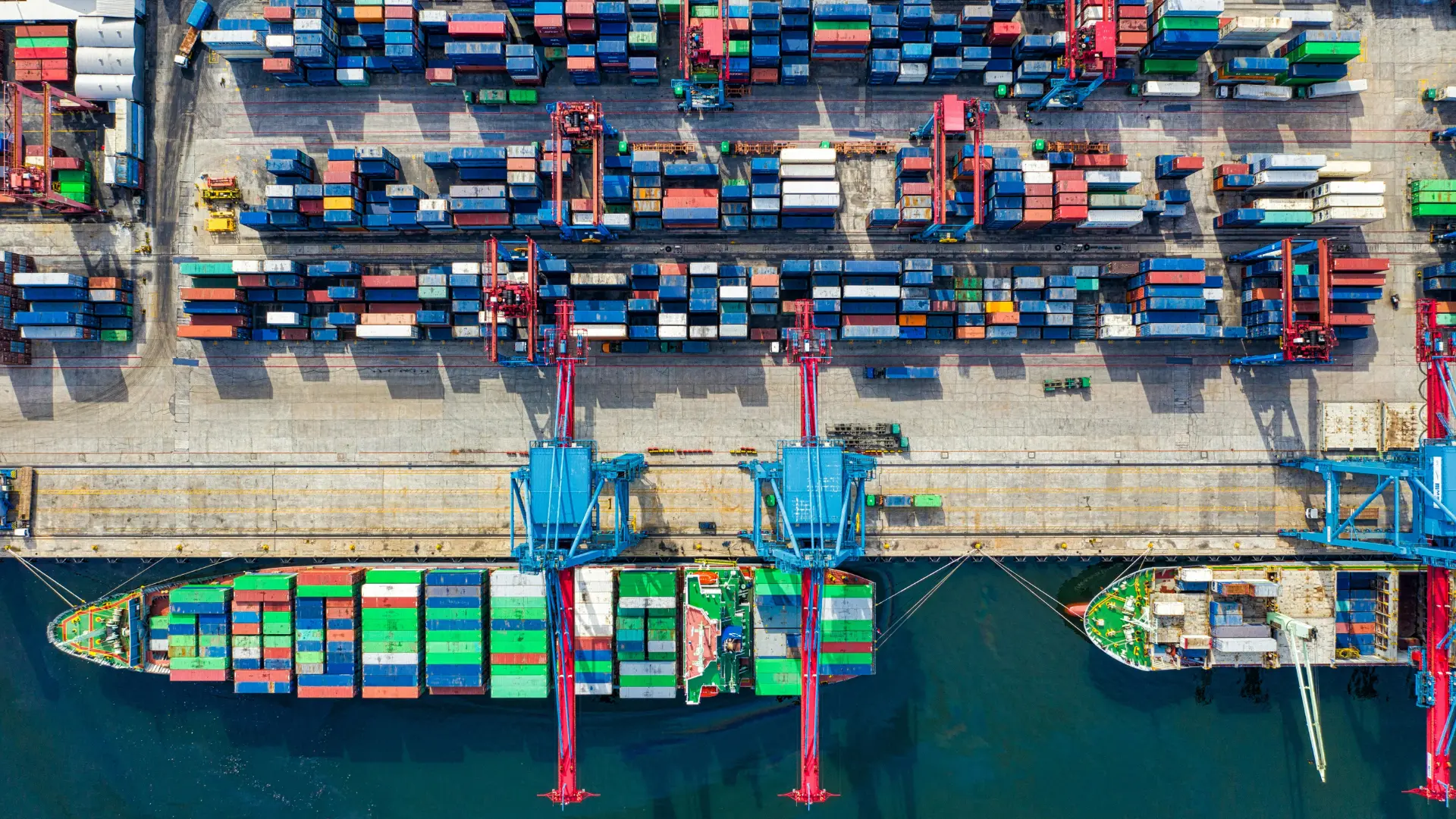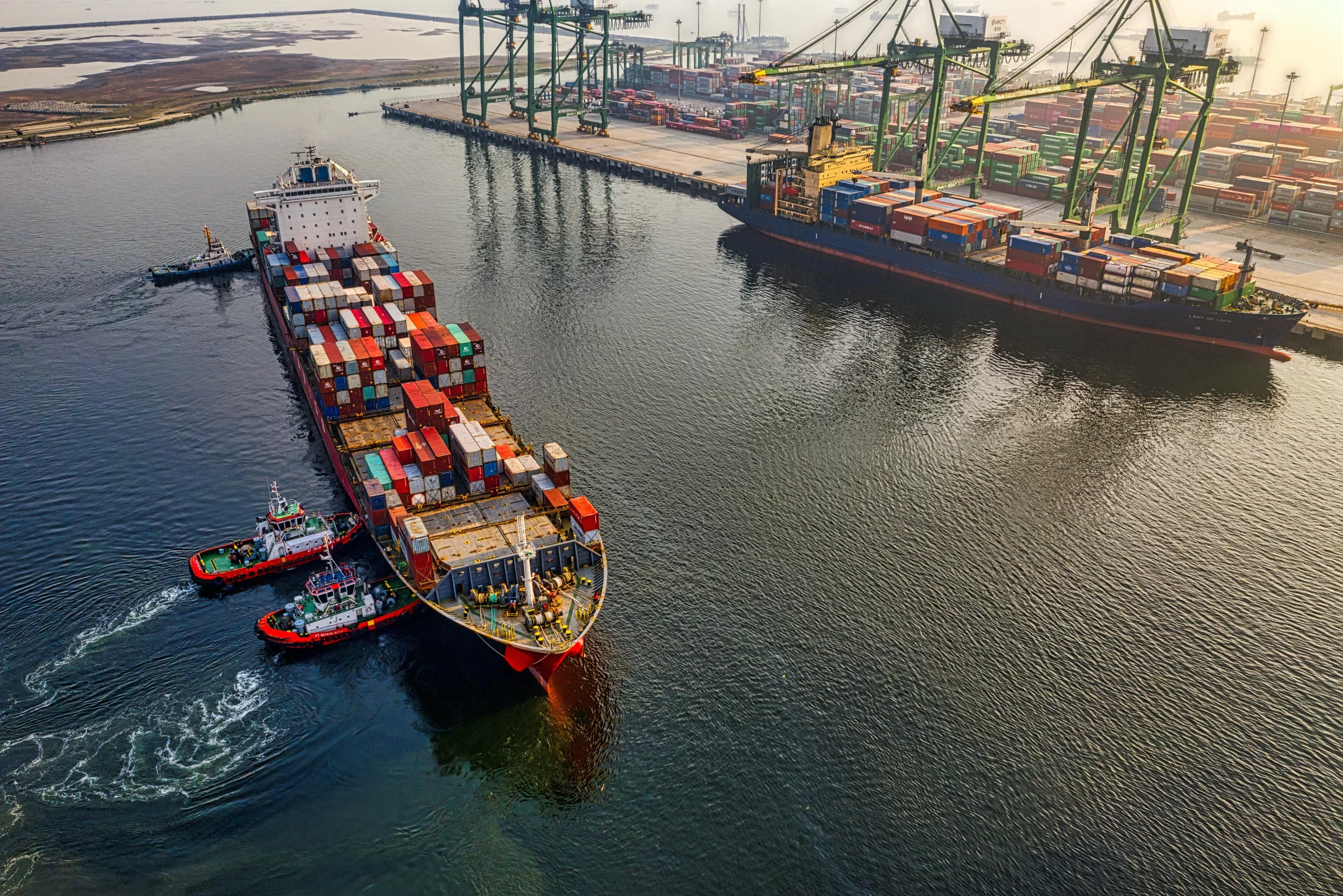The 2024 port strikes have sent shockwaves through global supply chains, affecting businesses of all sizes. This article discusses the causes of these strikes and their potential impact on business owners, with a focus on small and medium-sized enterprises (SMEs).
Too Long; Didn’t Read
- Nearly 50,000 members of the International Longshoremen’s Association (ILA), primarily along the East Coast and Gulf Coast, walked off the job on October 1, 2024.
- The strike is driven by stalled negotiations over wages and concerns about automation replacing human workers.
- People across the country have started panic buying toilet paper, food, and other household items.
- Business owners could also face shortages with their materials, production delays, and increased costs, depending on the nature of their business.
- Since we are unsure how long this strike could last, some business owners have already started increasing pricing and are finding new suppliers.
Why Are the Port Strikes Happening?
The 2024 port strikes stem from a number of issues that have been brewing for years.

Automation Concerns
Port workers are increasingly worried about job security as automation technologies advance. Many fear that their roles will become obsolete as ports adopt more automated systems for loading, unloading, and managing cargo.
Wage Stagnation
Despite record profits for many shipping companies and port operators in recent years, workers argue that their wages have not kept pace with inflation or the increasing demands of their jobs.
Contract Negotiations
The strikes were triggered when contract negotiations between unions and port operators broke down. Workers felt that their concerns were not being adequately addressed in the proposed contracts.
How Could the Port Strikes Affect Business Owners?
The impact of the port strikes extends far beyond large corporations, with small and medium-sized enterprises often bearing the brunt of the disruptions.
Supply Chain Disruptions

SMEs typically have less bargaining power and fewer resources to navigate supply chain challenges compared to larger companies. This can lead to:
- Inventory shortages: Delayed shipments mean businesses may run out of stock, leading to lost sales and disappointed customers.
- Production delays: Manufacturers relying on imported components may have to slow or halt production.
- Increased costs: Businesses may need to find alternative, often more expensive, shipping methods or suppliers.
Cash Flow Challenges
The port strikes can create significant cash flow problems for businesses:
- Delayed receivables: If businesses can’t fulfill orders due to inventory shortages, they may not be able to invoice customers as planned.
- Upfront costs: Some businesses may have to pay for goods before they arrive, tying up capital for longer periods.
- Increased storage costs: Delays may force businesses to store inventory for longer, incurring additional warehousing fees.

Customer Relationships
The inability to fulfill orders on time can strain customer relationships:
- Lost trust: Repeated delays or cancellations can erode customer confidence.
- Competitive disadvantage: Businesses that can’t deliver may lose customers to competitors who have found ways to maintain their supply chains.
Strategic Decision-Making
Business owners are forced to make difficult decisions in response to the strikes:
- Pricing strategies: They may need to decide whether to absorb increased costs or pass them on to customers.
- Inventory management: Owners must balance the risks of overstocking (tying up capital) with the risks of stockouts.
- Supplier diversification: Many are considering whether to seek additional suppliers or even change their product offerings.
Long-Term Consequences for Business Owners

Reshaping Supply Chains
Many business owners are reevaluating their supply chain strategies:
- Nearshoring and reshoring: Some are looking to bring production closer to home to reduce reliance on international shipping.
- Supplier diversification: Businesses are seeking multiple suppliers in different regions to spread risk.
- Inventory strategies: Many are moving away from just-in-time inventory models to maintain larger safety stocks.
Financial Planning
Business owners are adapting their financial strategies:
- Cash reserves: Many are aiming to maintain larger cash reserves to weather future disruptions.
- Credit lines: Businesses are securing additional credit to help manage cash flow during uncertain times.
- Risk management: More SMEs are exploring trade credit insurance and other financial products to protect against supply chain disruptions.
Wondering how your business is doing financially? Get a no-strings-attached free financial assessment from our team of experts!
Considering Hiring a Fractional CFO
The financial complexities brought on by the port strikes can be overwhelming for many business owners. Working with a fractional CFO can help you prepare for and navigate uncertain periods.
How JBS Fractional CFO Services Can Help

We offer expert fractional CFO services tailored to the needs of small and medium-sized businesses. Our experienced financial professionals can assist you in:
- Developing strategies to manage cash flow during supply chain disruptions
- Creating financial models to assess the impact of increased costs and delayed shipments
- Identifying opportunities for cost savings and efficiency improvements
- Assisting with negotiations with suppliers, customers, and creditors
- Implementing robust financial reporting systems to provide real-time insights into your business performance
- Developing long-term financial strategies to increase your business’s resilience to future disruptions
Don’t let the port strikes derail your business’s financial health. Contact JBS Corp today to learn how our fractional CFO services can provide the expert financial guidance you need to position your business for future success.
Final Thoughts
The 2024 port strikes have highlighted the vulnerability of global supply chains and the impacts such disruptions can have on small and medium-sized businesses.
While challenging, this period is also driving innovation and adaptation among business owners. Those who can successfully navigate these turbulent times – by diversifying their supply chains, embracing technology, and maintaining financial flexibility – may emerge stronger and more resilient in the face of future disruptions.




